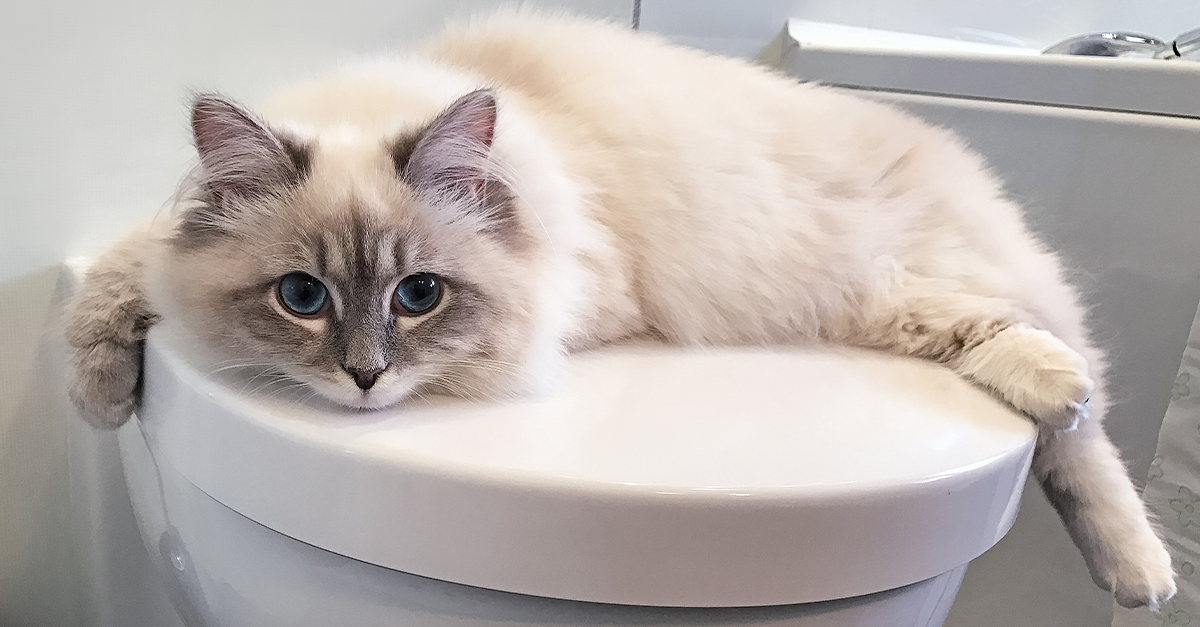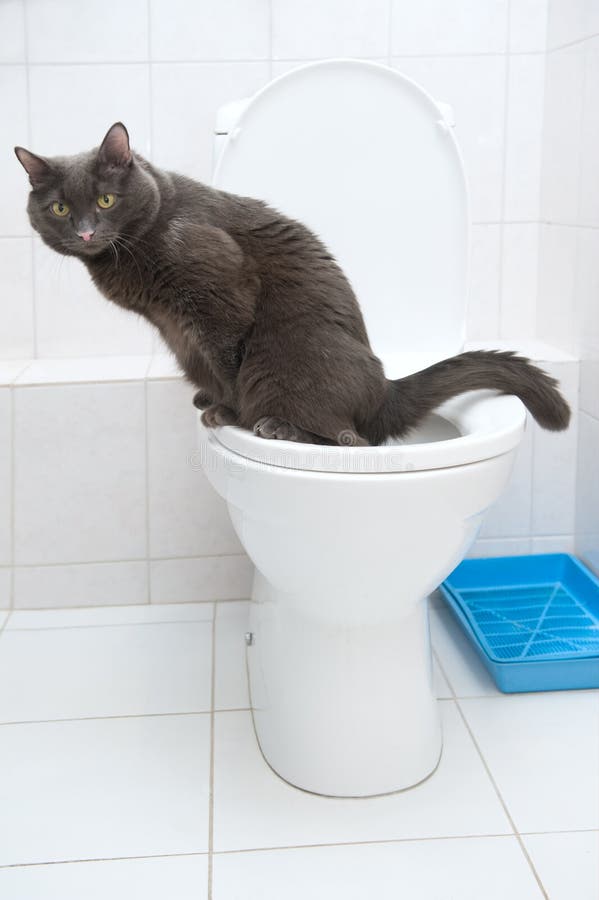Don't Flush Cat Poop Down Your Toilet - Preserve Your Home's Plumbing System
Don't Flush Cat Poop Down Your Toilet - Preserve Your Home's Plumbing System
Blog Article
We have stumbled on this article relating to Don’t flush cat feces down the toilet directly below on the internet and think it made perfect sense to discuss it with you over here.

Intro
As cat owners, it's necessary to bear in mind exactly how we throw away our feline close friends' waste. While it may seem convenient to flush feline poop down the toilet, this technique can have destructive repercussions for both the setting and human health.
Alternatives to Flushing
Fortunately, there are safer and much more accountable methods to take care of pet cat poop. Consider the adhering to alternatives:
1. Scoop and Dispose in Trash
The most common technique of getting rid of pet cat poop is to scoop it right into a biodegradable bag and toss it in the trash. Make certain to make use of a committed trash scoop and deal with the waste promptly.
2. Use Biodegradable Litter
Opt for biodegradable pet cat trash made from materials such as corn or wheat. These trashes are eco-friendly and can be securely taken care of in the garbage.
3. Bury in the Yard
If you have a yard, consider burying pet cat waste in a marked area away from vegetable gardens and water sources. Make sure to dig deep adequate to avoid contamination of groundwater.
4. Set Up a Pet Waste Disposal System
Purchase a family pet waste disposal system specifically made for pet cat waste. These systems utilize enzymes to break down the waste, reducing smell and environmental impact.
Wellness Risks
In addition to ecological worries, purging cat waste can additionally present wellness dangers to people. Pet cat feces might contain Toxoplasma gondii, a parasite that can trigger toxoplasmosis-- a possibly extreme illness, particularly for pregnant women and individuals with damaged body immune systems.
Ecological Impact
Flushing feline poop presents dangerous pathogens and bloodsuckers into the water system, positioning a substantial risk to marine environments. These contaminants can negatively influence marine life and concession water high quality.
Final thought
Accountable pet ownership extends past offering food and sanctuary-- it also involves proper waste administration. By avoiding purging cat poop down the commode and opting for different disposal methods, we can minimize our environmental impact and safeguard human wellness.
Why Can’t I Flush Cat Poop?
It Spreads a Parasite
Cats are frequently infected with a parasite called toxoplasma gondii. The parasite causes an infection called toxoplasmosis. It is usually harmless to cats. The parasite only uses cat poop as a host for its eggs. Otherwise, the cat’s immune system usually keeps the infection at low enough levels to maintain its own health. But it does not stop the develop of eggs. These eggs are tiny and surprisingly tough. They may survive for a year before they begin to grow. But that’s the problem.
Our wastewater system is not designed to deal with toxoplasmosis eggs. Instead, most eggs will flush from your toilet into sewers and wastewater management plants. After the sewage is treated for many other harmful things in it, it is typically released into local rivers, lakes, or oceans. Here, the toxoplasmosis eggs can find new hosts, including starfish, crabs, otters, and many other wildlife. For many, this is a significant risk to their health. Toxoplasmosis can also end up infecting water sources that are important for agriculture, which means our deer, pigs, and sheep can get infected too.
Is There Risk to Humans?
There can be a risk to human life from flushing cat poop down the toilet. If you do so, the parasites from your cat’s poop can end up in shellfish, game animals, or livestock. If this meat is then served raw or undercooked, the people who eat it can get sick.
In fact, according to the CDC, 40 million people in the United States are infected with toxoplasma gondii. They get it from exposure to infected seafood, or from some kind of cat poop contamination, like drinking from a stream that is contaminated or touching anything that has come into contact with cat poop. That includes just cleaning a cat litter box.
Most people who get infected with these parasites will not develop any symptoms. However, for pregnant women or for those with compromised immune systems, the parasite can cause severe health problems.
How to Handle Cat Poop
The best way to handle cat poop is actually to clean the box more often. The eggs that the parasite sheds will not become active until one to five days after the cat poops. That means that if you clean daily, you’re much less likely to come into direct contact with infectious eggs.
That said, always dispose of cat poop in the garbage and not down the toilet. Wash your hands before and after you clean the litter box, and bring the bag of poop right outside to your garbage bins.
https://trenchlesssolutionsusa.com/why-cant-i-flush-cat-poop/

I came across that page on Don’t flush cat feces down the toilet when browsing on the web. Liked our write up? Please share it. Help others discover it. I value reading our article about Can You Flush Cat Poop Down The Toilet?.
Schedule Appointment Report this page